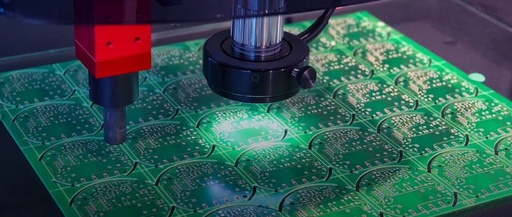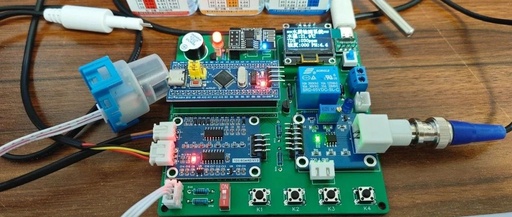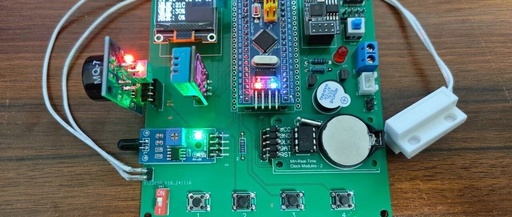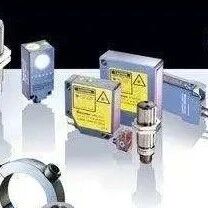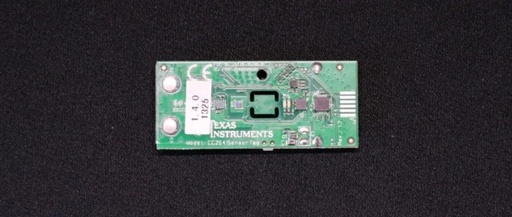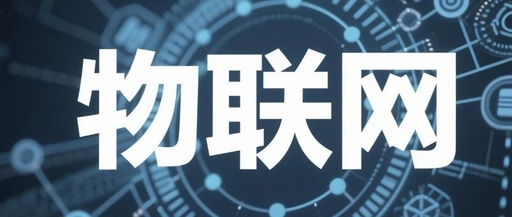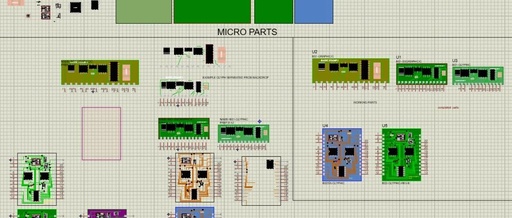The Future Trends of Sensors!
Introduction INTRODUCTION Bringing the intelligent world back to its roots, sensors are waiting here. The foundation of intelligence is perception, and sensors are the gateway to perception. Sensors are evolving towards intelligence, cognition, analysis, and diagnostics. As an increasingly evident intelligent microsystem, sensors are becoming more independent and capable of self-correction. So, what capabilities will … Read more
